Spending time gardening is one of my favorite leisure activities. Gardening can have a lot of meanings, and the leisurely type that I’m referring to is not what always occurs at our house. A few times each summer Trevor and I will enter into a weekend with a list a mile long of things that need to get done in a short time frame. Lay the Preen down during naptime; run to the greenhouse and bribe one kid (and on a good day, both) to go along so the other parent can work at warp speed; dig out the dead evergreens between birthday parties; pull the weeds that look like Audrey II from Little Shop of Horrors before it rains; etc. The leisurely type of gardening is what I do alone, in the evening or perhaps on the weekend if the family is elsewhere. There’s no email to answer, no IPhone to glance at, no child needing this or that on a moment’s notice. It’s peaceful, quiet, and relaxing. Interestingly, it’s still a goal oriented activity in that there is real pleasure in cultivating something beautiful. But the attention required can and should be effortless and not stress-inducing, especially when so much else in life is. Having too much uncertainty with growing results, not being able to dedicate the required time for upkeep and spending too much money can all lead to unwanted anxiety and ruin the experience. With the goal of minimizing any of those potential stressors, my mom gave me great guidance when setting up my garden, and continues to give me helpful tips as it matures. Below are some of her best gardening tips, gathered over the years from her mother, grandmother, friends and experience.
- Be realistic about how much time you can spend on weekly gardening and plan accordingly.
- Have a plan and make a list before going shopping for plants. It will save the heartache of purchasing plants that won’t perform as you need them to for your situation and will help your budget in that you won’t purchase more than you need.
- Keep a journal on what your purchased, what worked and what didn’t. It’s also handy to make notes for subsequent years on ways to improve or new things to try in a different season.
- Don’t skimp on mulch. Weeding can consume a gardener, and mulching helps cut down on that task.
- Start potted plants with good potting soil and use a time release fertilizer like Osmocote to help feed the plants throughout the season. This eliminates the need for weekly fertilizing. If possible, do save some soil in pots from year to year, to minimize the expense of buying new potting soil. Be sure to mix in Osmocote on the bottom layer of older soil, then top with fresh potting soil for the season.
- Use high contrast in foliage color as well as leaf shape to create interesting combinations, which will cut down on the time needed to deadhead spent blossoms. If you don’t deadhead regularly, plants stop producing more blossoms and the dead blooms detract from the beauty of the plant.
- Plant a few large pots rather than many smaller ones. The impact is more impressive and the pots do not dry out as quickly. Therefore, less time needed for watering.
- Use tried and true plants for your planting zone and pay attention to the labels that will give vital information like sun tolerance, height and spread. Buying plants that are pretty in the garden center or in a picture don’t always work out in the reality of your home garden.
- In a landscape situation, group a number of the same plants together to make a visual statement. Odd numbers are more pleasing to the eye.
- Repeat plant groups in different parts of the garden to relate the areas of the landscape to other areas. It will carry the eye a throughout the space.
- Plant shrubs and plants (and if you have the opportunity, trees) that will give a show of color during different times of the year. Early spring blossoms are a welcome sight after a long winter and some of the most vibrant color comes in the fall. Information on plant, shrub and tree attributes are available online if not on the label.
- Resist the temptation to add many yard ornaments, which are expensive and can create a cluttered appearance. Rather, use a few, well placed structures that blend with nature to add dimension to the landscape.
- Favor perennials over annuals. These come back year after year and help cut down on the time and expense you need to invest at the start of the growing season.
- Timely pruning keeps everything looking its best. Good resources really help out. A highly recommended book for this purpose is The Well-Tended Perennial Garden by Tracy DiSabato-Aust (link here).
- This is my favorite tip: If you have friends or relatives with gardens, ask if you can help divide plants and take some for your own garden. Our whole daylily border came from my mother’s garden by simply dividing each of her plants into fourths, replanting one back into her garden and taking the other three for ours. There are so many benefits to dividing plants. The lucky recipient saves big bucks on hearty, healthy plants. My mom gave us over 100 daylily plants that weekend a few years ago, which individually may cost around $5 to $10 in a nursery, where the plants don’t always do as well as those that have been in the same growing zone and have acclimated to the climate. For the giver of the plants, she’s left with a healthier garden, since plants do much better when divided every three to five years. And the most interesting benefit is that you have a story or memory that is brought to mind each year when the lovely reminder pops up – from the now countless hostas that have come from the few plants I grabbed from a friend several years ago, to the line of rudbekia that line the back of our property that originated from one plant that stood where my parents house now does, to the snowball hydrangea that came from a cutting from my great grandmother, Laura.
Throughout the growing season, I’ll share some pictures of how things are coming along in my garden. The pots and beds are in their early stages now, but here’s a look at the current beauty of some of the flowering trees in our yard.

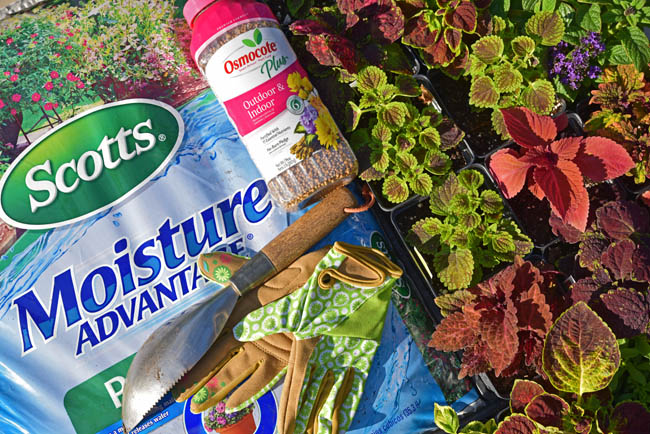
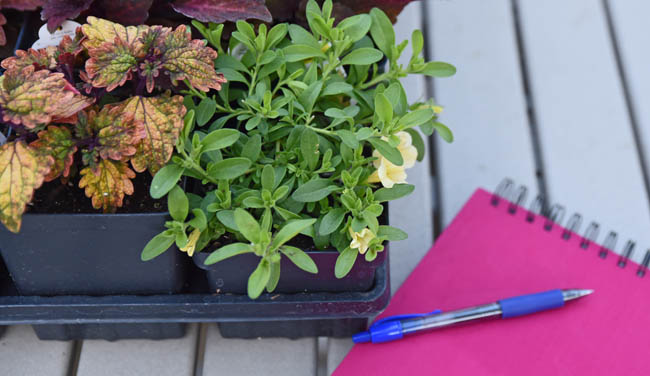
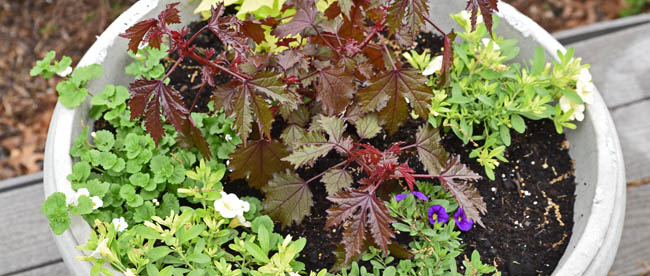

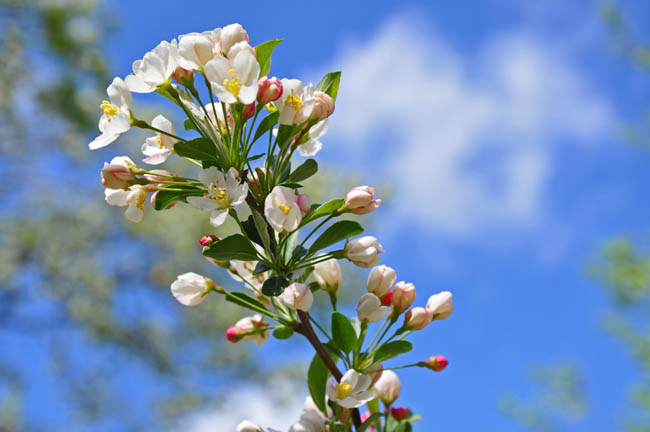
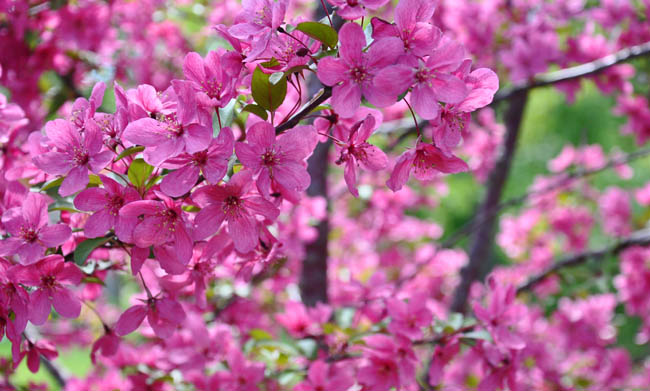
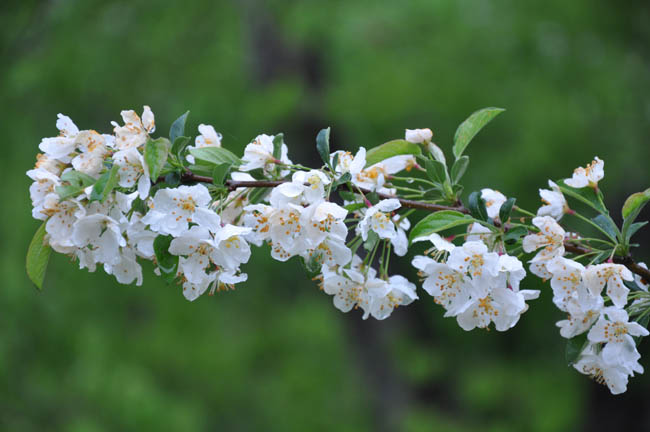
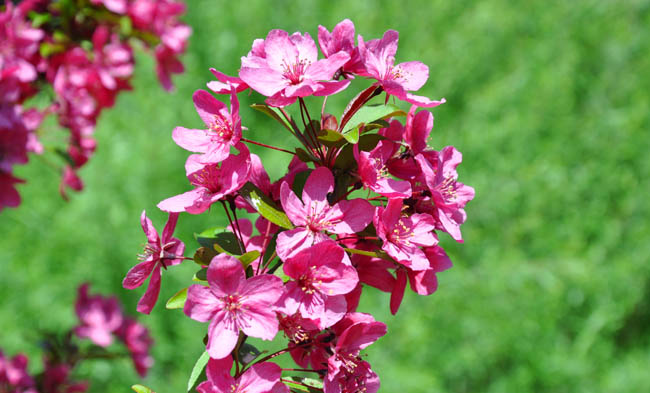
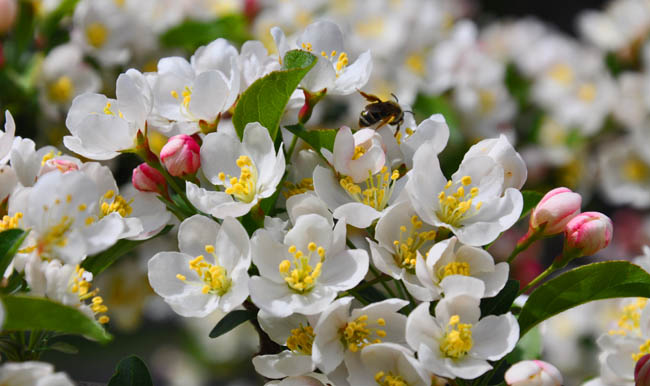
megan weizel
May 19, 2015 at 9:36 am (9 years ago)posts like this make me miss the tropics of minneapolis. jeremy bought me some annuals for mothers day and the nursery gardener begged him not to plant them until mid June. that’s duluth for ya! we get about a 3 day summer! ha!
Kerry
May 19, 2015 at 12:59 pm (9 years ago)Too funny! My mom actually used the phrase “3-day summer” in an email to me today – referencing how we thought it was safe to uncover our plants at around 10:00 a.m. this morning. So no tropics here either, if that makes you feel any better! (:
Anne
May 19, 2015 at 9:36 pm (9 years ago)love this post Kerry! So helpful as I’m so overwhelmed this time of year. My mom planted lilys of the valley a few years ago from my great grandmothers home (over 100 years old!) that are spreading EVERYWHERE but smell amazing and are a great memory and fun story to tell. Xoxo
Kerry
May 19, 2015 at 10:32 pm (9 years ago)Hey Anne! Good to hear from you! Very happy you love lily of the valley, as they cannot be stopped! but great, pretty coverage! Thanks for the comment and hope you’re welll!!